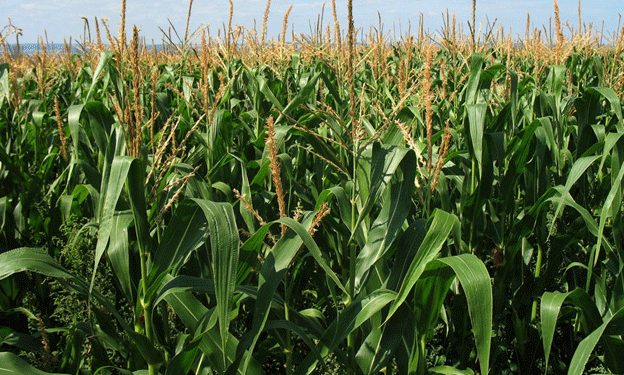The 2024/25 agricultural season is offering a glimmer of optimism for Russian grain producers. According to analytics from Ruseed, shared by Pole.rf, profitability (gross margin) for barley, corn, and wheat is expected to rise significantly this season. The primary driver? A sharp increase in selling prices, compensating for declining yields caused by adverse weather conditions.
Barley: A Bounce Back in Profitability
The profitability of barley is projected to reach 29–30%, nearly double that of the previous season. This improvement is attributed to a 26% year-on-year increase in the average selling price. The boost in prices comes amid a substantial drop in production: in 2024, Russia harvested 16.7 million tons of barley, compared to 21.15 million tons the year before. However, despite this rebound, profitability still lags behind the highs of the 2020/21 and 2021/22 seasons when production costs were notably lower.
Corn: A Steep Climb in Returns
Corn is expected to become even more profitable, with margins climbing from 26.4% to 40.7% this season. The surge is closely tied to a 30% rise in market prices, prompted by a decrease in gross yield from 16.6 million tons in 2023 to 13.2 million tons in 2024. Stockpiles in agricultural enterprises (excluding small businesses) shrank to 2.64 million tons by February 2025, down 10.3% from the same period a year ago.
Wheat: Premium Varieties Lead the Way
Soft wheat, both third- and fourth-class varieties, is also seeing a profitability revival. For fourth-class wheat, gross profitability is forecast at 40.6%, up from 19.9% last season, thanks to a 25.5% increase in producer prices. Third-class wheat isn’t far behind, with profitability at 40.1%, compared to 30.2% in the previous season. The average price rose 15.1% year-on-year, making it one of the most attractive crops for the season.
However, it’s worth noting the growing cost pressures. Input prices have surged by 20–30%, particularly for fertilizers and plant protection products. Durum wheat, for instance, requires more intensive input use and typically yields 15–20% less than soft wheat, though its profitability remains strong due to high processing demand and premium pricing.
Regional Disparities Remain a Concern
Not all regions are benefiting equally. According to Dmitry Rylko, Director of the Institute for Agricultural Market Studies (IKAR), the southern regions of Russia have managed to maintain profitability levels comparable to last year. In contrast, the Central and other regions are facing zero or even negative margins due to higher input costs and weather-related yield losses.
Independent expert Alexander Korbut notes that while the average profitability of grain last year stood at 15–17%, margins on wheat were significantly lower. Furthermore, the weakening ruble compared to previous years continues to impact the cost structure for Russian producers, especially those reliant on imported inputs.
Looking ahead, the 2025/26 season remains uncertain. While higher yields and favorable weather could lift output, export tariffs, global market stagnation, and policy shifts — particularly in U.S. trade under a potential second Trump presidency — may influence profitability more than domestic production factors alone.
The 2024/25 season is proving to be a mixed bag for Russian grain producers: falling yields have ironically helped push up prices, creating a window for improved profitability — particularly for barley, corn, and wheat. Yet regional disparities and rising costs highlight the need for careful risk management and forward-looking strategies. As global dynamics remain unpredictable, staying competitive will depend not only on what’s harvested, but how efficiently it’s grown and sold.
Error





